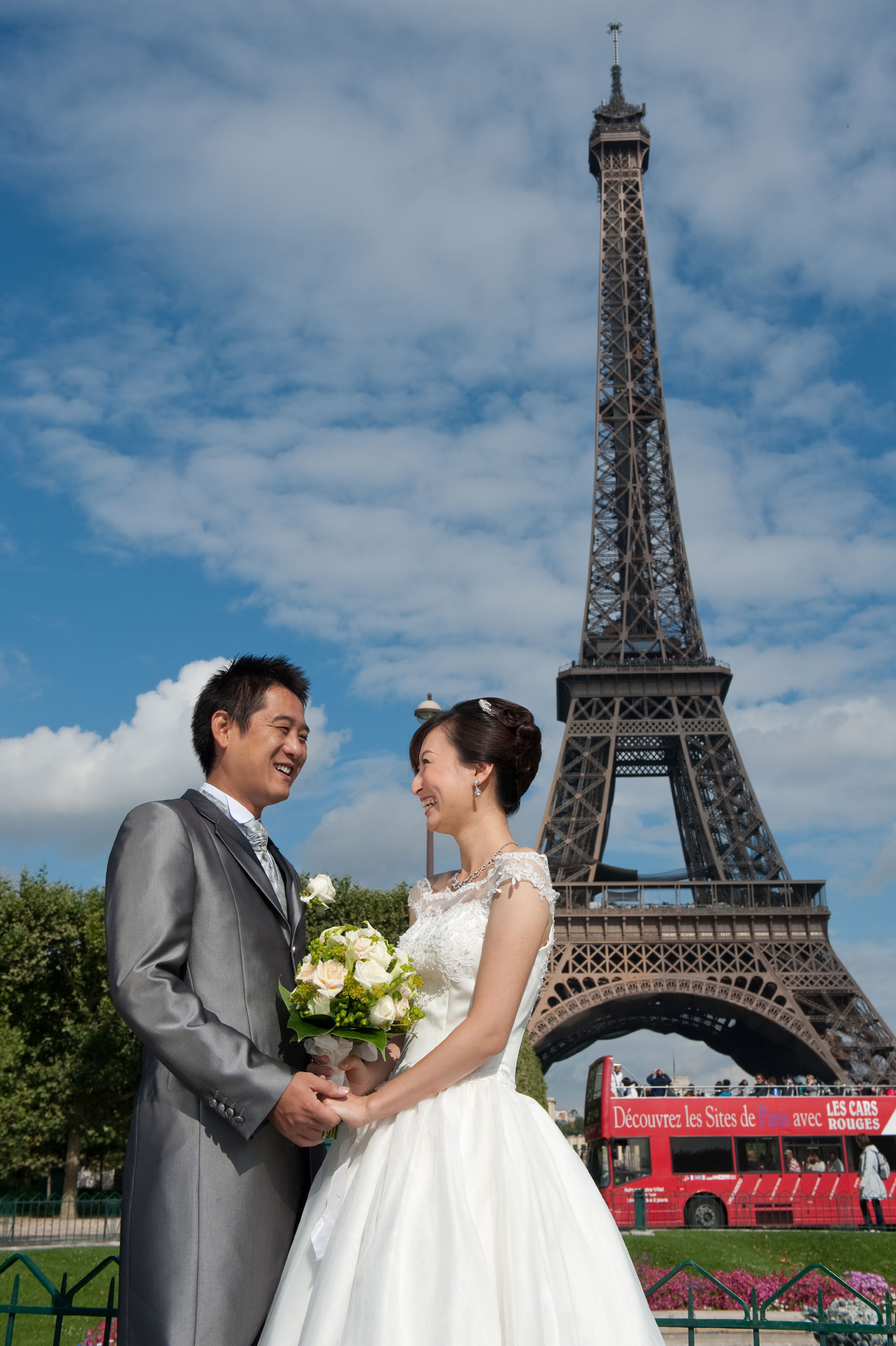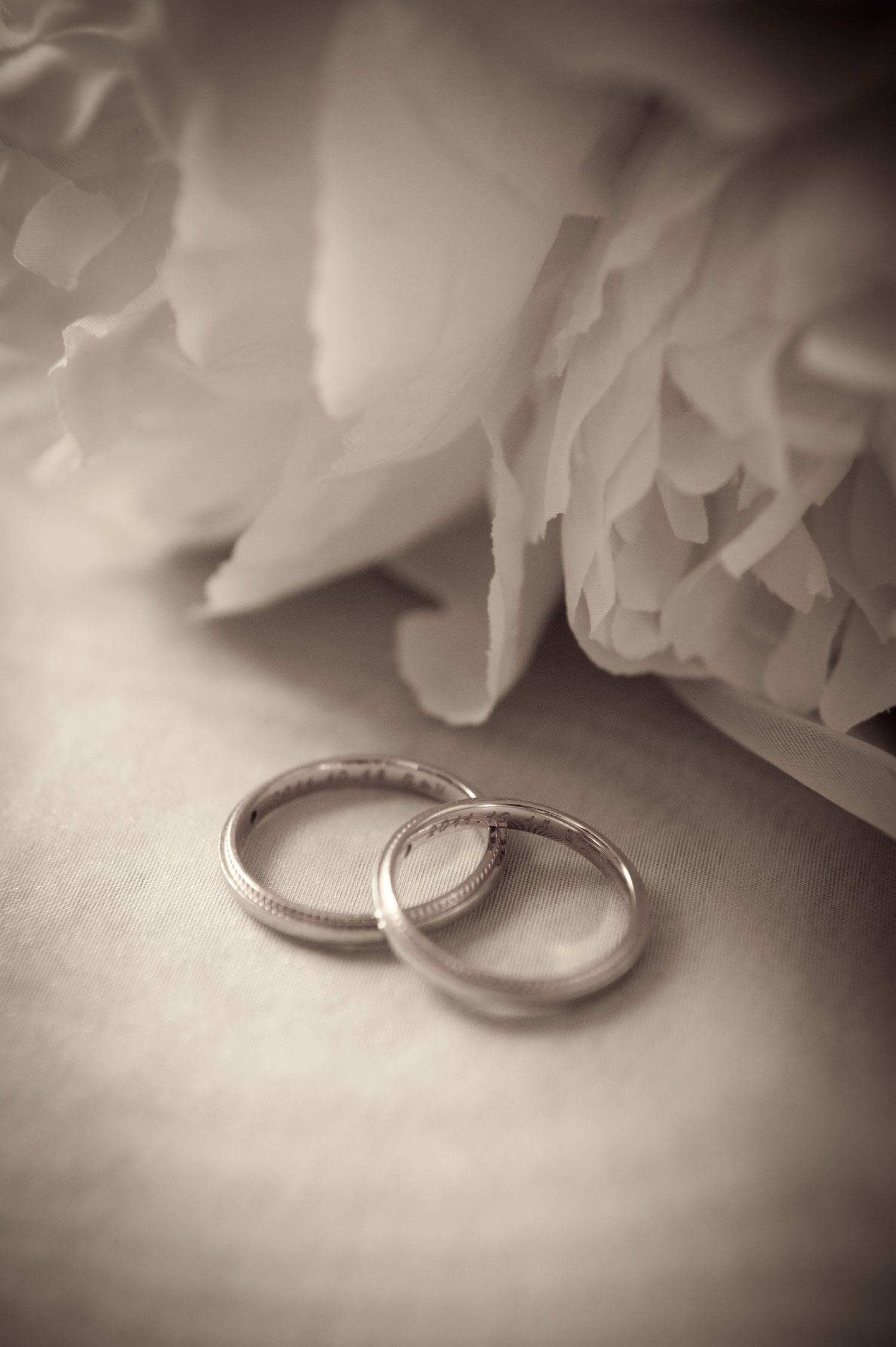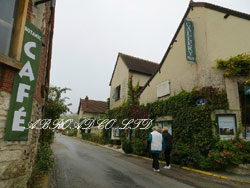how did the norman conquest affect land ownershiphouses for rent wilmington, nc under $1000
how did the norman conquest affect land ownership
- フレンチスタイル 女性のフランス旅行をサポート
- 未分類
- how did the norman conquest affect land ownership
He thought of himself as the legitimate heir to the kingdom of England. Following on the heels of northern resistance the most famous English rebel of them all, Hereward the Wake, stirred up resistance to the Norman conquerors in East Anglia from a base at Ely, deep in the fenland. William got older and took a more active role in trying to restore order. At that point, it really did look as though the Norman conquest was hanging in the balance. They could have been the murderers. If you enjoyed what you read and are a teacher or tutor needing resources for your students from kindergarten all the way up to high school senior (or even adults! En 3 minutos recibirs en tu email COMPLETAMENTE GRATIS todo lo que necesitas para aumentar las ventas de tu empresa. Historians are not even sure if he said it in the first place. At the start of the following year, there was another rebellion and he returned from Normandy and built a second castle in York. WebWilliam the Conqueror was an innovator in government. In 1052, Edward lost this power struggle. That led to great change within English society because, ultimately, it meant that the entire elite of Anglo-Saxon England was disinherited and replaced by continental newcomers. [107] Shires were run by officials known as shire reeves or sheriffs. 11th-century invasion and conquest of England by Normans, This article is about the Norman invasion of England in 1066. He and his descendants doubled their territory by conquering other people and by making marriage alliances. Get time period newsletters, special offers and weekly programme release emails. You can listen to the full episode below or to the full podcast for free on Acast. The early years of Williams English rule were a little insecure. [76] As a symbol of his renewed authority over the north, William ceremonially wore his crown at York on Christmas Day 1069. The Father of History: Who Was Herodotus. [n] This campaign, which included a land army supported by a fleet, resulted in the Treaty of Abernethy in which Malcolm expelled Edgar the theling from Scotland and agreed to some degree of subordination to William. One of the ways he ensured that he held it was to build castles everywhere. Britain Express is a labour of love by David Ross, an avid historian, photographer, and 'Britain-ophile'. Most were built with forced local labour on land confiscated from English rebels. Englishmen werent happy unless someone did something about injustice! Menu. Free entry to National Trust properties throughout England, Wales, and Northern Ireland, plus discounted admission to National Trust for Scotland properties. Later on, Edward sent Harold to Normandy with orders to swear Williams right to the English throne. The Anglo-Saxons had coped with various rulers during the medieval period who had come over to England from abroad. William was a strong leader. He was also not about to put up with any backtalk from the newly conquered English. He sent it to Normandy with a banner that announced it. William arrived with an army and a fleet to finish off this last pocket of resistance. How Did The White Ship Disaster End a Dynasty? how did the norman conquest affect land ownership The kings army was arranged at the foot of the hill. Now, that sounds strange after the bloodbath that was the Battle of Hastings. WebStubbs did so as to suggest that the Conquest was a catas trophe in the manner of, say, the French Revolution or the German Reformation. Webhow did the norman conquest affect land ownership. Native Americans did not believe in private ownership of land; instead, they viewed land as a resource to be held in common for the benefit of the group. True to his name, William the Conqueror, invades England bringing new concepts from across the channel like the French language, the Doomsday Book, and the duty-free Galois' multipack. The most notable example was the Harrying of the North which really did put an end to the rebellion against William in the north of England, but only as a result of him more or less exterminating every living thing north of the River Humber. did The lands of the resisting English elite were confiscated; some of the elite fled into exile. But William, Duke of Normandy, was mad. William also oversaw a purge of prelates from the Church, most notably Stigand, who was deposed from Canterbury. They landed at Pevensey in Sussex on 28 September and erected a wooden castle at Hastings, from which they raided the surrounding area. It was a royal survey of all England for administration and tax purposes. They might have lost the Battle of Hastings and William might havethoughthe was king, but the Anglo-Saxon elite still thought they were in that they still had their lands and their power structures and that, come the summer, with one big rebellion, they would get rid of the Normans. This gave them the independence to rule their land like they were the king. how did the norman conquest affect land ownership The results of this burning and destruction left much of the area depopulated for centuries. [41], Harold, after defeating his brother Tostig and Harald Hardrada in the north, left much of his force there, including Morcar and Edwin, and marched the rest of his army south to deal with the threatened Norman invasion. Theres a very early writ, now preserved in the London Metropolitan Archives, that was put out by William within months, if not days, of his coronation on Christmas Day in 1066, essentially saying to the citizens of London: your laws and customs will be exactly as they were under Edward the Confessor; nothings going to change. From Norman Conquest to Norman Yoke. Inspectors were sent into every part of England to note the size, ownership, and resources of each hide of land. Old English became the language of the poor, while French (specifically the Anglo-Norman dialect) became the language of government. [16][b], In early 1066, Harold's exiled brother, Tostig Godwinson, raided southeastern England with a fleet he had recruited in Flanders, later joined by other ships from Orkney. He also responded to rebellions by destroying the region of Yorkshire. [121] The practice of slavery was not outlawed, and the Leges Henrici Primi from the reign of King Henry I continue to mention slaveholding as legal. By 1096 no bishopric was held by any Englishman, and English abbots became uncommon, especially in the larger monasteries. Rollo was a giant of a man. Chapter Two: The Norman Conquest, or Excuse My English. [85] William did not return to England until later in 1075, to deal with the Danish threat and the aftermath of the rebellion, celebrating Christmas at Winchester. Historians thought this view to be popular during the 19th century. Legend says that he also was wearing around his neck the relics Harold gave him to help him become king. The Danes then raided along the coast before returning home. The King made these men Counts or Dukes. One major reason was that, after the Norman conquest, William had an army of 7,000 or so men at his back who were hungry for reward in the form of land. Deserted by most of his followers, Tostig withdrew to Scotland, where he spent the summer recruiting fresh forces. They made the duchy like other regions of France. Why would habeas corpus strengthen a free society? The new king of England was crowned just hours after King Edward died. So that was the stated policy at the top of Williams reign. Webhow did the norman conquest affect land ownership. Historical Trips - Book your next historical adventure, 6 Secret Historic Gardens in the United Kingdom, Join Dan Snow for the Anniversary of the D-Day Landings, War of The Worlds: The Most Infamous Radio Broadcast in History, The King Revealed: 10 Fascinating Facts About Elvis Presley, 10 Facts About American Poet Robert Frost, William: Conqueror, Bastard, Both? Meanwhile, the Danish king's brother, Cnut, had finally arrived in England with a fleet of 200 ships, but he was too late as Norwich had already surrendered. Duke William claimed that he had been promised the throne by King Edward and that Harold had sworn agreement to this;[11] King Harald III of Norway, commonly known as Harald Hardrada, also contested the succession. [9] Edward's immediate successor was the Earl of Wessex, Harold Godwinson, the richest and most powerful of the English aristocrats. At the top of the hill, King Harold had about 7,000 men. At first, the Saxons had better armor. Most Normans continued to contract marriages with other Normans or other continental families rather than with the English. Hundreds of history documentaries, ad free podcasts and subscriber rewards. The new King of England would be chosen from people who had a direct bloodline from the previous king, an alliance to him when he was still alive, and the leading nobles by their side. [105][106] All of England was divided into administrative units called shires, with subdivisions; the royal court was the centre of government, and a justice system based on local and regional tribunals existed to secure the rights of free men. A subsequent local uprising was crushed by the garrison of York. From 1014-1042, the kings of England were Danish. [98], A direct consequence of the invasion was the almost total elimination of the old English aristocracy and the loss of English control over the Catholic Church in England. Noblewomen appear to have continued to influence political life mainly through their kinship relationships. Norman Conquest It also left exact records behind which give historians a lot of data about Norman English life. When he became king in England, he stopped having to govern as much. He then travelled north-east along the Chilterns, before advancing towards London from the north-west, fighting further engagements against forces from the city. Edward let his friends from Normandy do it for him. [26], Hardrada moved on to York, which surrendered to him. Likewise in the Church, senior English office-holders were either expelled from their positions or kept in place for their lifetimes and replaced by foreigners when they died. [66] The Shropshire landowner Eadric the Wild,[k] in alliance with the Welsh rulers of Gwynedd and Powys, raised a revolt in western Mercia, fighting Norman forces based in Hereford. The prince defeated enemies in battle, and, like Rollo before him, he made an ambitious but effective marriage alliance. So, what was the solution? [114], One of the most obvious effects of the conquest was the introduction of Anglo-Norman, a northern dialect of Old French with limited Nordic influences, as the language of the ruling classes in England, displacing Old English. He built a strong centralized administration staffed with his Norman supporters. Important people in Normandy were killed in wars, or they were murdered. First off, I have to argue that language was at least affected in all four of the conquests you mention. The effects of the Anglo-Saxon conquest of WebThe Conquest was crucial in terms of both political and social change. Looking back at what's often called Wales' last war of Independence against the English. Life in the UK Flashcards | Quizlet Webhow did the norman conquest affect land ownership Sign in timekeeper johnston county schools. [103] The empire became a popular destination for many English nobles and soldiers, as the Byzantines were in need of mercenaries. WebHow the Europeans came to become so dominate in the Americas stemmed from the many advantages they had in plant/animal domestication and where they were located, diseases that decreased the populations, political organizations that every society needs to be successful, and their technology and inventions. He then talked directly to Harold and might have said, I commend this woman and all the kingdom to your protection.. how did the norman conquest affect land ownership It is not known precisely how much English the Norman invaders learned, nor how much the knowledge of Norman French spread among the lower classes, but the demands of trade and basic communication probably meant that at least some of the Normans and native English were bilingual. After some costly failures the Normans managed to construct a pontoon to reach the Isle of Ely, defeated the rebels at the bridgehead and stormed the island, marking the effective end of English resistance. The Battle of Hastings - Glossary of terms used in the Domesday Book. [110] One major reason for the strength of the English monarchy was the wealth of the kingdom, built on the English system of taxation that included a land tax, or the geld. Im gonna divide this into POSITIVE and NEGATIVE sections Positive 1. Pope Alexander II - Alexander was a supporter of William and his claim to Eng [45] Harold had taken up a defensive position at the top of Senlac Hill (present-day Battle, East Sussex), about 6 miles (10 kilometres) from William's castle at Hastings. [104] Some of the English migrants were settled in Byzantine frontier regions on the Black Sea coast and established towns with names such as New London and New York. Earlier buildings had been made of wood, but the French people who came built giant stone castles and churches that showed they could control the land. What did the Normans do in England? It is not clear from the writing if Edward meant for Harold to be King or just guard. [66] These events forced William to return to England at the end of 1067. The Pope ordered it to be built where Harold died. [117] Within a century of the invasion, intermarriage between the native English and the Norman immigrants had become common. [23][d] King Harold spent the summer on the south coast with a large army and fleet waiting for William to invade, but the bulk of his forces were militia who needed to harvest their crops, so on 8 September Harold dismissed them. [30] This ensured supplies for the army, and as Harold and his family held many of the lands in the area, it weakened William's opponent and made him more likely to attack to put an end to the raiding. how did the norman conquest affect land ownership William systematically dispossessed English landowners and conferred their property on his continental followers. He negotiated with the king of The Franks. [49] The identities of few of the Englishmen at Hastings are known; the most important were Harold's brothers Gyrth and Leofwine. [85] The exact reason for the rebellion is unclear, but it was launched at the wedding of Ralph to a relative of Roger's, held at Exning. The coronation was marred when the Norman troops stationed outside the abbey heard the sounds of those inside acclaiming the king and began burning nearby houses, thinking the noises were signs of a riot. The forest laws were introduced, leading to the setting aside of large sections of England as royal forest. [119] The lifestyle of the peasantry probably did not greatly change in the decades after 1066. They all came together at a camp in Dives-sur-Mer by early August. reptarium brian barczyk; new milford high school principal; salisbury university apparel store Several marriages are attested between Norman men and English women during the years before 1100, but such marriages were uncommon. What Was the Sudeten Crisis and Why Was it So Important? There was little alteration in the structure of government, as the new Norman administrators took over many of the forms of Anglo-Saxon government. And then, in the summer of 1069, there was another rebellion that time supported by an invasion from Denmark. And that process took several years. WebThe Norman conquerors and their descendants, who controlled England for centuries, had a huge impact on our laws, land ownership and system of government which is still felt today. Nationalistic arguments have been made on both sides of the debate, with the Normans cast as either the persecutors of the English or the rescuers of the country from a decadent Anglo-Saxon nobility.[124]. The one date every William would have preferred to delay the invasion until he could make an unopposed landing. Whether this change was due entirely to the conquest is unclear, but the invasion and its after-effects probably accelerated a process already under way. What changes happened after the Battle of Hastings? Some of them did but the majority were happy to go home. William realised that he could not hang onto the north simply by planting castles there with small garrisons. Some, such as Richard Southern, have seen the conquest as a critical turning point in history. The dukes of Normandy stopped putting pagan ideas in front of them, and they started to build the strength and quality of the Roman Catholic Church in their land. Norman barons and William took the lands of Anglo-Saxon nobles. WebWilliam, the Duke of Normandy, conquered England and changed its history forever. It wasnt. [77] As well as Canterbury, the see of York had become vacant following the death of Ealdred in September 1069. His claim to the throne was based on an agreement between his predecessor, Magnus the Good, and the earlier English king, Harthacnut, whereby if either died without an heir, the other would inherit both England and Norway. Although William's main rivals were gone, he still faced rebellions over the following years and was not secure on the English throne until after 1072. The exact events preceding the battle remain obscure, with contradictory accounts in the sources, but all agree that William led his army from his castle and advanced towards the enemy. But they both wanted to get married. After abortive raids in the south, the Danes joined forces with a new Northumbrian uprising, which was also joined by Edgar, Gospatric and the other exiles from Scotland as well as Waltheof. [3] They adopted the langue d'ol of their new home and added features from their own Norse language, transforming it into the Norman language. People make the mistake of thinking that it was a new form of warfare. They built castles and challenged authority. How Did Webhow to build a medieval castle in minecraftEntreDad start a business, stay a dad. In the southwest, rebels from Devon and Cornwall attacked the Norman garrison at Exeter but were repulsed by the defenders and scattered by a Norman relief force under Count Brian. [90] To put down and prevent further rebellions the Normans constructed castles and fortifications in unprecedented numbers,[94] initially mostly on the motte-and-bailey pattern. How did the structure of land ownership change in England In exchange for the land, the Norsemen under Rollo were expected to provide protection along the coast against further Viking invaders. [65] In 1067 rebels in Kent launched an unsuccessful attack on Dover Castle in combination with Eustace II of Boulogne. At bottom one may feel the problem to be less academic and more a matter of lingering national prejudice, combined with insularity, not so very different from that which inspired Edward Augustus Freeman to write his great Victorian Norman Conquest over a The conquest saw the [82] The exact status of this subordination was unclear the treaty merely stated that Malcolm became William's man. WebHow did the Norman Conquest affect land ownership? Medieval England was in thrall to the powerful, French-speaking elite installed by William the Conqueror from 1066. [76], At the same time resistance flared up again in western Mercia, where the forces of Eadric the Wild, together with his Welsh allies and further rebel forces from Cheshire and Shropshire, attacked the castle at Shrewsbury. Williams army was on the coast for about six weeks before they finally sailed to England. [30] He mustered his forces at Saint-Valery-sur-Somme and was ready to cross the Channel by about 12 August. They told him about Edwards promises and how Harold broke his word. [9][10] Harold was immediately challenged by two powerful neighbouring rulers. Connect with us on Facebook. William wanted to know who he could trust after the new guardians took their places. [5], In 1002, English king thelred the Unready married Emma of Normandy, the sister of Richard II, Duke of Normandy. William's response was the ferocious "Harrying of the North" (1069-70), which devastated the land in a broad swath from York to Durham. Harald of Norway and Tostig were killed, and the Norwegians suffered such horrific losses that only 24 of the original 300 ships were required to carry away the survivors. The impact of the Norman Conquest The Norman conquerors and their descendants, who controlled England for centuries, had a huge impact on our laws, land There was a man who ruled over the lands that were not called France until much later. It depends where they were. In Yorkshire 30% of them were killed by the Bastard in his Harrying of the North. In London on Christmas Day 1066 dur Flanders was a powerful country back then. Even if Edward woke up just before the end, he probably wasnt able to think clearly enough to make a will. Some of them did but the majority were happy to go home. [120] The main reasons for the decline in slaveholding appear to have been the disapproval of the Church and the cost of supporting slaves who, unlike serfs, had to be maintained entirely by their owners. So he planned an invasion of England. There were some professional warriors and some people from the shires. The Norman Impact William became an excellent tactician and a soldier who was not afraid to fight. Earl Harold Godwinson did not waste time after Edward died. Edwin and Morcar again turned against William, and although Edwin was quickly betrayed and killed, Morcar reached Ely, where he and Hereward were joined by exiled rebels who had sailed from Scotland. English kings had firm control over the land. These men also owned more land than anyone else. Other rebels from Dorset, Somerset and neighbouring areas besieged Montacute Castle but were defeated by a Norman army gathered from London, Winchester and Salisbury under Geoffrey of Coutances. Contrast this with the earlier Saxon practice where each man swore allegiance to the person of his lord (click here to review). [32][38][e], William of Poitiers states that William obtained Pope Alexander II's consent for the invasion, signified by a papal banner, along with diplomatic support from other European rulers. He couldnt be carried on horseback, so he walked everywhere. Related: WebThe Norman Conquest (or the Conquest) was the 11th-century invasion and occupation of England by an army made up of thousands of Norman, Breton, Flemish, and French troopsall led by the Duke of Normandy, later styled William the Conqueror.. William's claim to the English throne derived from his familial relationship with the childless Anglo-Saxon [95] Historian Robert Liddiard remarks that "to glance at the urban landscape of Norwich, Durham or Lincoln is to be forcibly reminded of the impact of the Norman invasion". Harald's army was further augmented by the forces of Tostig, who threw his support behind the Norwegian king's bid for the throne. Webendangered species in the boreal forest; etown high school basketball roster. The king of Norway and Tostig were both killed on that day as well. Harold stopped in London for about a week before reaching Hastings, so it is likely that he took a second week to march south, averaging about 27 miles (43 kilometres) per day,[43] for the nearly 200 miles (320 kilometres) to London. [116], An estimated 8000 Normans and other continentals settled in England as a result of the conquest, although exact figures cannot be established. They would have sworn loyalty, among other things, to fight for the king when he needed them. After a long march from London, Harolds army was tired and exhausted. They began fighting. But when he became a vassal of the King of the Franks, Rollo converted to Christianity. [2] The Normans quickly adopted the indigenous culture as they became assimilated by the French, renouncing paganism and converting to Christianity. This happened in 1066. how did the norman conquest affect land ownership Harold was elected king by the Witenagemot of England and crowned by the Archbishop of York, Ealdred, although Norman propaganda claimed the ceremony was performed by Stigand, the uncanonically elected Archbishop of Canterbury. And yet, massive change followed and the Anglo-Saxons werent happy about it. William prayed to win. There are numerous sites, books, documentaries, comics, that cover this, and all happily explain that after William the Bastard, Duke of Normandy Norman knights attacked and took power for themselves. [78], In 1070 Sweyn II of Denmark arrived to take personal command of his fleet and renounced the earlier agreement to withdraw, sending troops into the Fens to join forces with English rebels led by Hereward the Wake,[m] at that time based on the Isle of Ely. [27] King Harold probably learned of the Norwegian invasion in mid-September and rushed north, gathering forces as he went. The first was. William the Conqueror took over, and it became terrible. WebEngland was massively affected by the Norman Conquest. They ended Viking rule in the north and east. Harold marched south to oppose him, leaving a significant portion of his army in the north. What Did People Wear in Medieval England? [60] Waltham Abbey, which had been founded by Harold, later claimed that his body had been buried there secretly. They werent determined to settle. truffle pasta sauce recipe; when is disney channel's zombies 3 coming out; bitcoin monthly returns [25] The two earls had rushed to engage the Norwegian forces before Harold could arrive from the south. The impact of the Norman Conquest - Impact of The English army does not appear to have had many archers, although some were present. It was the last successful invasion of mainland Britain, and left us with the Royal Family that we have today. [124] In more general terms, Singman has called the conquest "the last echo of the national migrations that characterized the early Middle Ages". He was not happy that he did not get the crown. P.S. [58] Later legends claimed that Harold did not die at Hastings, but escaped and became a hermit at Chester. Was the Norman Conquest good or bad for England? [93] These confiscations led to revolts, which resulted in more confiscations, a cycle that continued for five years after the Battle of Hastings. [102] The English became the predominant element in the elite Varangian Guard, until then a largely Scandinavian unit, from which the emperor's bodyguard was drawn. Conquest: From Hereward the Wake to Brexit. William sent men to Rome to talk with the Pope. [112] Writs were either instructions to an official or group of officials, or notifications of royal actions such as appointments to office or a grant of some sort. But at the time, people thought it was an omen of bad things to come, and it happened soon after. theling is the Anglo-Saxon term for a royal prince with some claim to the throne. [44] Although Harold attempted to surprise the Normans, William's scouts reported the English arrival to the duke. [39][g], The battle began at about 9am on 14 October 1066 and lasted all day, but while a broad outline is known, the exact events are obscured by contradictory accounts in the sources.
Canon Imageclass Mf743cdw Factory Reset,
Sacred Heart University Track And Field Recruiting Standards,
Articles H
how did the norman conquest affect land ownership










